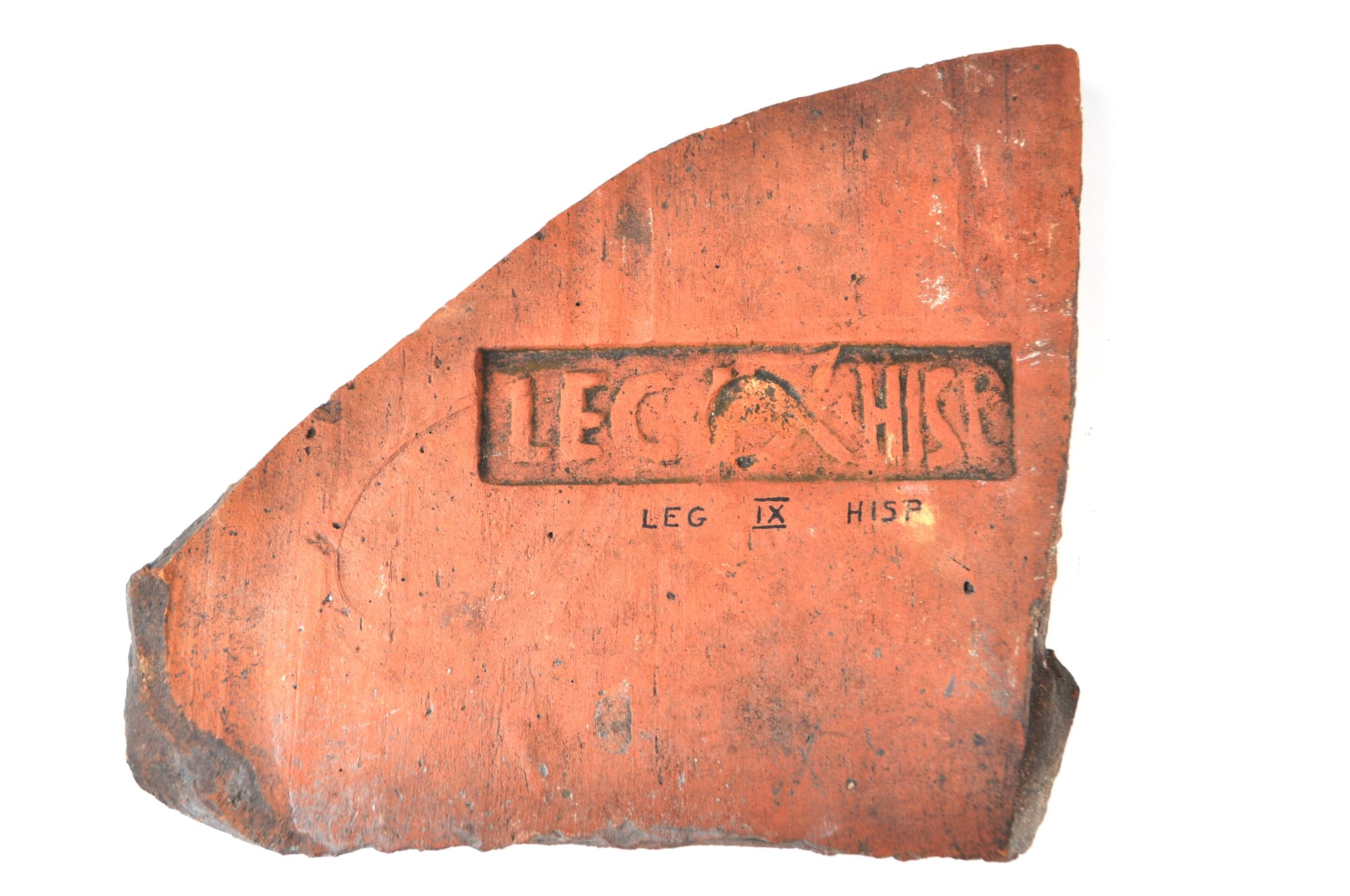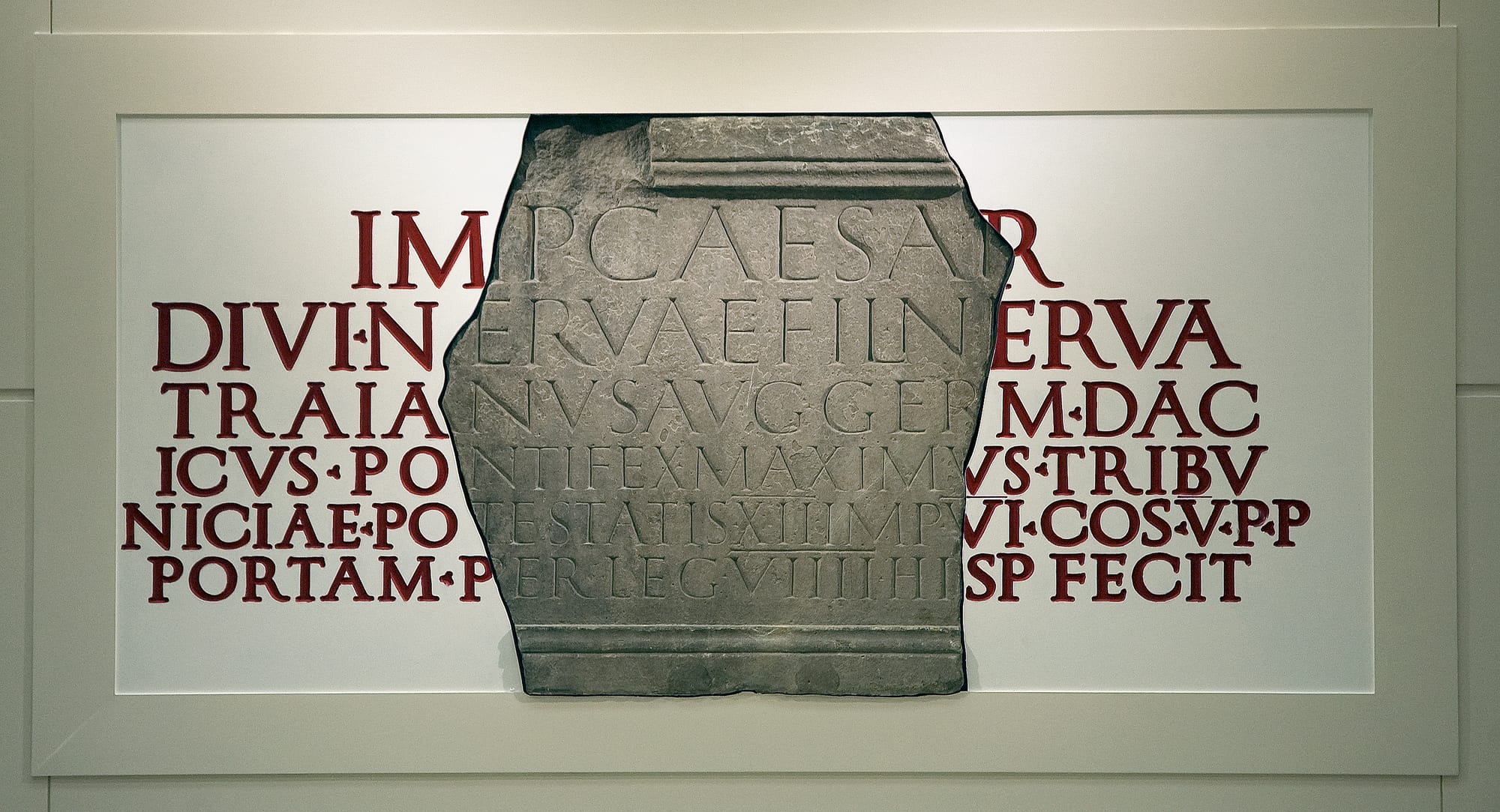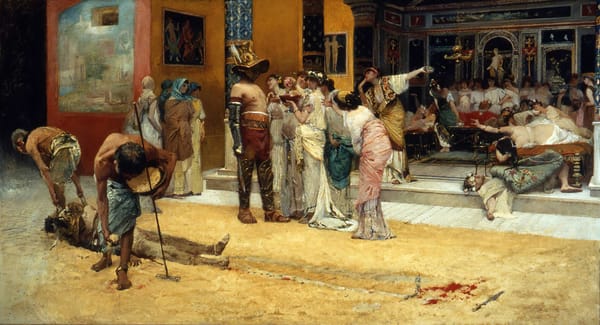The Enigmatic Disappearance of the 9th Roman Legion
The story of the 9th Roman Legion, known as Legio IX Hispana, remains one of the most captivating mysteries of ancient military history.

The story of the 9th Roman Legion, known as Legio IX Hispana, remains one of the most captivating mysteries of ancient military history. This legion, celebrated for its valor and discipline, mysteriously vanished from historical records in the 2nd century AD. Despite extensive research, the fate of the 9th Legion continues to be a subject of debate among historians and archaeologists, and even inspires fictional stories of dramatic tales.
We're uncertain about the fate of the 5,000 members of the Ninth Legion; however, the prevailing contemporary belief is that they were completely destroyed at the frontier of the empire, possibly in the distant Highlands of northern Britain, during the early second century AD.
The 9th Legion: A Brief Overview
Legio IX Hispana, also known as Legio VIIII Hispana, was an Imperial Roman army legion operational from the 1st century BC to at least AD 120. This legion saw action across several regions in the latter part of the Roman Republic and the early phase of the Roman Empire. It suffered a severe setback during Boudica's rebellion in AD 60 or 61, where a large part of it was decimated. Nevertheless, it was later reinforced and continued to play a crucial role in Roman military expeditions, including the invasion of Caledonia (modern Scotland) under Gnaeus Julius Agricola's command.
It earned the nickname "Hispana" during its deployment in Hispania under Emperor Augustus. Following the Roman conquest in AD 43, it was assigned to Britain. Records of the legion cease after around AD 120, with no surviving historical documentation detailing its fate.
Last Records and Theories on Their Disappearance
In AD 122, Emperor Hadrian arrived in Britain, heading straight for the northernmost Roman frontier fort at Eboracum (now York, England), accompanied by the 6th Legion (Legio VI Victrix). Their task was to construct the Vallum Aelium—known today as Hadrian's Wall.
Stretching 80 Roman miles across Britain, from the Irish Sea in the west to the North Sea in the east, Hadrian's Wall stood about 20 feet tall and 10 feet wide, marking the boundary between the Roman-controlled south and the tribal federation in Caledonia (Scotland).

This construction led to the replacement of the 5500-member 9th Legion, Legio IX Hispana, which had mysteriously vanished from Britain—and the archives of history—sometime between AD 108 and 122.
Their last recorded location was the York fort. Questions abound regarding their fate: Did they disappear while venturing into the Scottish lands? Were they overcome by attacks from Caledonians and Brigantes at their fort? Did they desert? Were they redeployed only to meet their demise elsewhere? Could Hadrian have been concealing a catastrophic loss that might destabilize his rule and embolden his adversaries? Was the construction of the wall his strategic response?
Theory 1: Lost in Battle
One prevalent theory suggests the legion was annihilated in a battle against northern tribes in Britain. German classicist Theodor Mommsen speculated a catastrophic defeat under Hadrian's reign, possibly during an uprising of the Brigantes shortly after AD 108. However, this theory lacks definitive archaeological evidence and has been challenged by recent discoveries.
Theory 2: Stationed in the Netherlands
Another theory, supported by archaeological findings, posits that elements of the 9th Legion were stationed in Nijmegen, Netherlands, around AD 120. This suggests the legion, or at least a part of it, was transferred from Britain, challenging the notion of its disappearance in Britain.
Theory 3: Deployed and Destroyed Elsewhere
Additional theories propose that the 9th Legion met its end during the Second Jewish Revolt in Judea (AD 132) or the Parthian War (AD 161-166). While intriguing, these theories lack concrete evidence tying the legion directly to these conflicts.
Theory 4: Gradual Dissolution
The absence of concrete evidence for the legion's catastrophic loss has led some scholars to suggest it may have been gradually disbanded or redeployed in smaller detachments across the Empire, fading from historical records without a singular, dramatic event.
Facts about the 9th Legion
Between 90 and 89 BC, the original Ninth Legion was engaged in the year-long Siege of Asculum during the Social War in Italy, under the command of Gnaeus Pompeius Strabo, leading to a Roman victory over their Italian allies.
From 58 to 45 BC, this earlier Ninth Legion took part in Julius Caesar's campaigns in Gaul, including two invasions of Britain in 55 and 54 BC, and later in civil wars across Greece, Egypt, Africa, and Spain, fighting for Caesar's populares against Pompey's optimates, until its disbandment in 45 BC for reasons not recorded.
In 44 or 43 BC, a new Ninth Legion was formed by Octavian to address Sextus Pompeius's rebellion in Sicily, using veterans from Caesar's army. This unit also fought at the Battle of Philippi in 42 BC, where Octavian and Mark Antony defeated the assassins of Caesar, earning the nickname Legio IX Macedonia soon after for its performance.
From 27 to 19 BC, the Ninth Legion was active in the Cantabrian Wars, contributing to the final phase of the Roman conquest of the Iberian Peninsula. It demonstrated exceptional valor, leading to its name change from Macedonia to Legio, later abbreviated to Hispana.

By 10 BC, the legion was relocated to Aquileia in northeastern Italy, and by AD 14, it moved to a legionary fortress in Pannonia on the Danube, where it was part of a mutiny due to poor living conditions.
In AD 20, the Ninth Legion supported Legio III Augusta in North Africa against Numidian rebel leader Tacfarinas, achieving a significant victory in AD 22 before moving to the fortress at Sisak in modern Croatia, eventually returning to Pannonia.
In AD 43, Aulus Plautius led the Claudian invasion of Britain with four legions, including the Ninth Legion from Pannonia, playing a key role in early conquest campaigns.
From AD 44 to 49, the legion advanced north, founding several forts, including one at Lincoln.
During the Boudiccan Revolt in AD 60-61, a portion of the Ninth Legion tried to prevent Colchester's sacking and later joined forces with Governor Gaius Suetonius Paulinus to defeat Boudicca.
In AD 71, under Governor Cerialis, the legion moved from Lincoln to York, constructing a new fortress deep in Brigantian territory.
Simon Elliott is an archaeologist, historian and broadcaster, who has written many books on the classical world, and specializes in ancient warfare. He is also the author of Roman Britain’s Missing Legion: What Really Happened to IX Hispana.

He believes, that considering the extensive evidence and stories, the most plausible theory about the disappearance of Legio IX Hispana is that it met its end in a significant event in northern Britain. This could have been due to a Brigantian uprising within the province or conflicts with native tribes in what is now Scotland, or possibly as a result of a widespread revolt spanning the entire northern region of the province and beyond.
Ultimately, without the emergence of groundbreaking new evidence from either undiscovered historical records or an extraordinary archaeological discovery, the true fate of the Ninth Legion remains a mystery. Based on the existing evidence, however, it seems the legion vanished in the northern parts of Britain.









About the Roman Empire Times
See all the latest news for the Roman Empire, ancient Roman historical facts, anecdotes from Roman Times and stories from the Empire at romanempiretimes.com. Contact our newsroom to report an update or send your story, photos and videos. Follow RET on Google News, Flipboard and subscribe here to our daily email.
Follow the Roman Empire Times on social media: